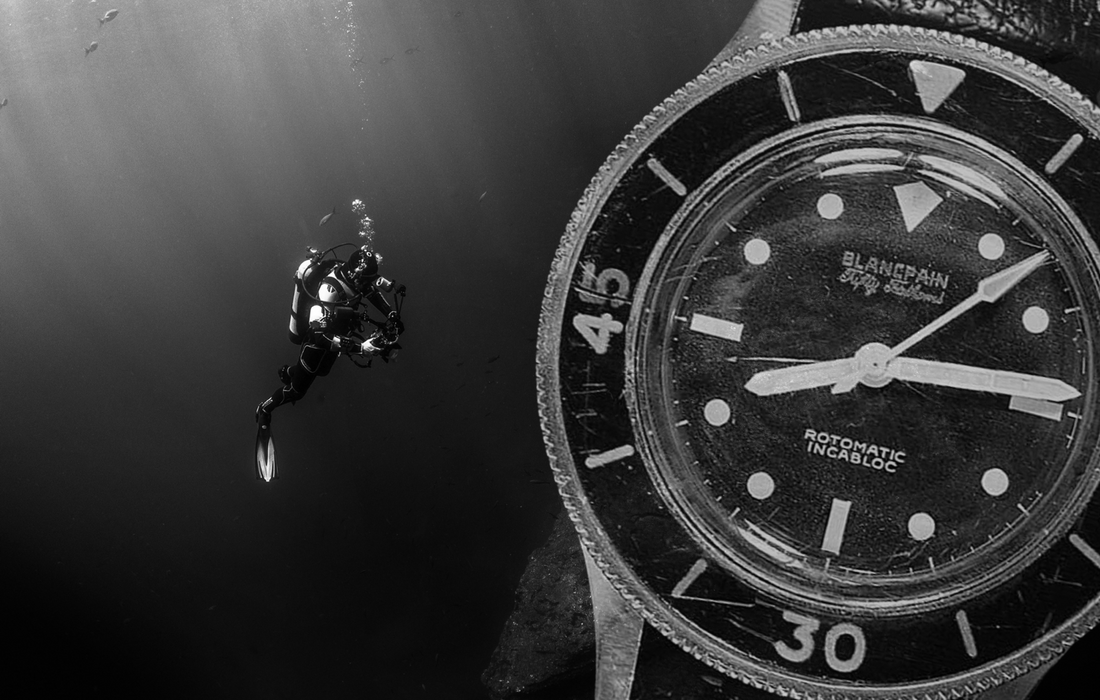
The Dive Watch: A Rugged History Beneath the Surface
Share

There’s something about a dive watch that speaks to a different breed of man, the kind who feels more at home by the firepit than under fluorescent lights. Born not out of fashion but out of necessity, the dive watch has its roots in the early 20th century with watchmakers like Omega and Rolex developing water-resistant cases for military and professional use. In 1926, Rolex introduced the Oyster case, one of the first truly waterproof designs. These early innovations laid the foundation for what would become one of the most iconic tool watches in history, built to withstand pressure, salt, and time itself. By the 1950s, the world saw the rise of the modern dive watch as we know it. In 1953, Blancpain released the Fifty Fathoms, specifically developed for French Navy combat divers. That same year, Rolex followed with the Submariner, a watch that would go on to become a benchmark for durability and underwater readability. These watches featured rotating bezels to track dive time, luminous markers for visibility in the dark, and screw-down crowns to ensure water resistance. They weren’t designed to be stylish, they were built to keep men alive beneath the waves. Today, even if your deepest dive is into a mountain stream or a stack of firewood, the dive watch still carries that rugged, capable spirit. It’s a reminder of a time when gear was built with purpose, not trend. Whether you’re cinching it over a flannel sleeve or checking the time beside a campfire, a good dive watch doesn’t just mark the hour. It marks your place in a long line of explorers, craftsmen, and men who choose the wild over the ordinary.




